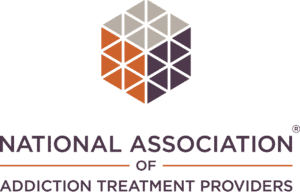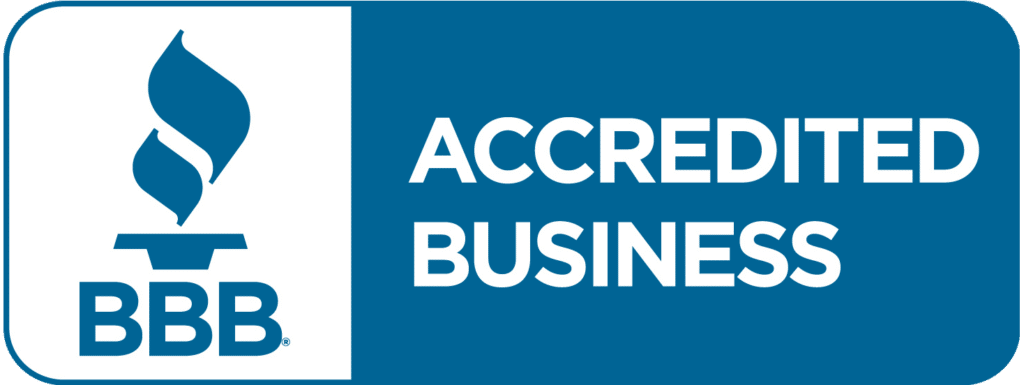Seeking rehabilitation is a crucial step toward recovery for many individuals facing addiction or other health challenges. However, navigating the financial aspects of rehab can be daunting. Understanding these factors, from insurance coverage to out-of-pocket expenses, is essential for making informed decisions. This comprehensive guide delves into everything you need to know about financing rehabilitation, ensuring you have clarity before embarking on this journey.
Why Understanding the Financial Aspects of Rehab Matters
Before diving into the specifics, it’s essential to grasp why the financial aspects of rehab are critical:
- Cost Transparency: Knowing the costs involved helps you plan financially and avoid unexpected expenses.
- Insurance Coverage: Understanding what your insurance covers can significantly impact your choices and financial planning.
- Budgeting: Proper financial planning prevents unexpected financial strain during the recovery process.
Factors Affecting Rehab Costs
Types of Rehab Facilities
Rehabilitation facilities vary widely in services and amenities, influencing their costs. These can include:
- Inpatient vs. Outpatient Programs: Inpatient facilities cost more due to accommodation and 24/7 care. Outpatient rehab programs, such as Intensive Outpatient Programs (IOP), are generally more affordable but require daily attendance.
- Luxury vs. Standard: Luxury facilities offer upscale amenities at a higher price. These may include private rooms, recreational activities, and other luxury amenities.
- Non-Profit vs. For-Profit: Non-profit organizations may offer lower costs or financial aid options compared to for-profit facilities. State-funded programs often fall into this category and may be more accessible.
Treatment Programs and Services
The type and duration of treatment programs also impact costs:
- Detox Programs: The initial detoxification phase, involving medical detox and supervision, may incur separate costs. The cost of detox varies depending on the severity of alcohol dependence and the required level of medical care.
- Therapeutic Interventions: Costs can vary based on therapies like cognitive-behavioral therapy (CBT) or holistic treatments. Specialized programs for co-occurring mental health disorders or specific addictions may also cost more.
- Specialized Services: Facilities offering specialized treatments for opioid addiction or alcohol use disorder may have higher fees due to the complexity of care required.
Understanding Insurance Coverage
Types of Insurance Plans
Insurance coverage significantly affects your financial responsibility:
- Health Insurance: Policies vary, but many cover rehab services partially or fully. Verify health insurance coverage details with your insurance provider.
- Medicaid and Medicare: These government programs may cover rehab under certain conditions. State-funded rehab centers often accept Medicaid and Medicare.
- Private Insurance: Check specific coverage details, including deductibles and co-pays. Insurance providers might have varying coverage options for substance use disorders.
Verifying Coverage
Steps to ensure you maximize insurance benefits:
- Contact Your Provider: Understand what services are covered and any pre-authorization requirements.
- In-Network vs. Out-of-Network Providers: Costs can differ significantly; choose in-network providers when possible to minimize out-of-pocket expenses.
- Appeal Denials: If coverage is denied, you can often appeal with additional documentation. Contact the admissions team at your treatment facility for guidance.
Managing Out-of-Pocket Expenses
Financial Assistance and Payment Plans
Options to manage costs not covered by insurance:
- Financial Aid: Some facilities offer scholarships or sliding-scale fees based on income. Non-profit organizations may provide additional financial assistance programs.
- Payment Plans: Spread out costs over time to ease the financial burden. Many rehab centers offer flexible payment options.
- Crowdfunding and Grants: Online platforms or community organizations may provide financial support for treatment costs. Exploring government assistance programs could also be beneficial.
Tax Deductions and Savings Accounts
Utilize tax benefits and savings:
- Medical Expense Deductions: Rehab costs may qualify if they exceed a certain percentage of your income. Consult with a financial advisor to maximize these deductions.
- Health Savings Accounts (HSA) or Flexible Spending Accounts (FSA): Use pre-tax dollars for rehab expenses, which can help reduce overall costs.
Questions to Ask When Choosing a Rehab Facility
Financial Transparency
Ensure clarity on costs:
- Detailed Billing: Request an itemized breakdown of costs to avoid surprises.
- Hidden Fees: Ask about any additional charges not included in initial estimates.
Payment Policies
Understand payment expectations:
- Deposit Requirements: Know upfront payments needed to secure a spot. Be aware of any additional costs associated with early departure or cancellations.
- Cancellation Policies: Learn about refund policies for early departures to avoid unnecessary financial strain.
Common Misconceptions About Rehab Costs
Expensive Means Better
Cost alone doesn’t determine quality:
- Effectiveness: Research outcomes and success rates rather than focusing solely on cost. Effective recovery is more important than luxury amenities.
- Value vs. Cost: Evaluate what services are essential for your recovery journey. Sometimes, affordable treatment options provide comprehensive care without excessive costs.
Insurance Covers Everything
Be aware of coverage limitations:
- Coverage Gaps: You may still have significant out-of-pocket expenses even with insurance. Understand the limits of your insurance policy and explore financial options for remaining costs.
- Negotiation: Facilities may offer discounts or negotiate payment arrangements. It’s often possible to find affordable treatment options even if insurance coverage is limited.
FAQs
What is rehabilitation in financial terms?
Rehabilitation in financial terms refers to the process of reorganizing a debtor’s financial affairs to restore solvency and enable them to meet their obligations. This often involves restructuring debt, negotiating with creditors, and implementing a plan to improve financial stability. The goal is to avoid bankruptcy and ensure the debtor can continue operations or manage personal finances effectively.
What is the primary goal of a rehab facility?
The primary goal of a rehab facility is to help individuals achieve and maintain long-term recovery from substance abuse or addiction. This involves providing a safe and supportive environment where patients can undergo detoxification, receive therapy, and develop coping strategies to prevent relapse. The focus is on addressing the physical, emotional, and psychological aspects of addiction to promote overall well-being and reintegration into society.
What does rehab consist of?
Rehab typically consists of a combination of therapies and treatments designed to address substance abuse and mental health issues. This may include medical detoxification, individual and group therapy, counseling, medication management, and aftercare planning. The goal is to provide a supportive environment for recovery, helping individuals develop coping strategies and build a foundation for a healthier lifestyle.
What are the 4 phases of rehab?
The four phases of rehab are:
1) Acute Phase: Focuses on reducing pain and swelling, and protecting the injured area.
2) Recovery Phase: Aims to restore range of motion, flexibility, and strength.
3) Functional Phase: Involves sport-specific or activity-specific exercises to regain full function.
4) Maintenance Phase: Ensures long-term recovery and prevents re-injury through ongoing exercises and monitoring.
What are the three major components of rehabilitation?
The three major components of rehabilitation are physical therapy, occupational therapy, and speech-language therapy. Physical therapy focuses on improving mobility and strength, occupational therapy helps with daily living activities and functional skills, and speech-language therapy addresses communication and swallowing disorders. These components work together to enhance recovery and improve quality of life.
Conclusion
Navigating the financial aspects of rehab involves understanding costs, insurance coverage, and available financial assistance. By being proactive and informed, you can make the best choices for your recovery journey without unnecessary financial stress. Remember, each person’s situation is unique, so tailor your financial planning to your needs and circumstances.
Whether you’re exploring rehab options for yourself or a loved one, clarity on financial aspects ensures you can focus on what truly matters: achieving lasting recovery. Reach out to financial advisors or admissions navigators at rehab centers for personalized guidance and support throughout your journey to recovery.









